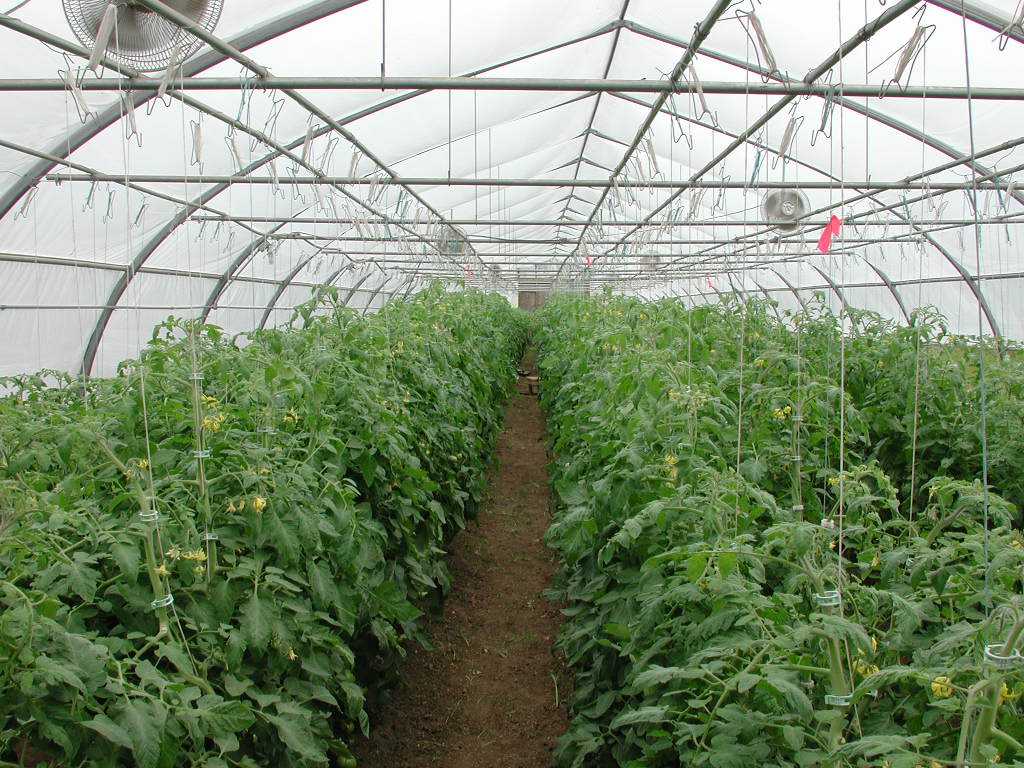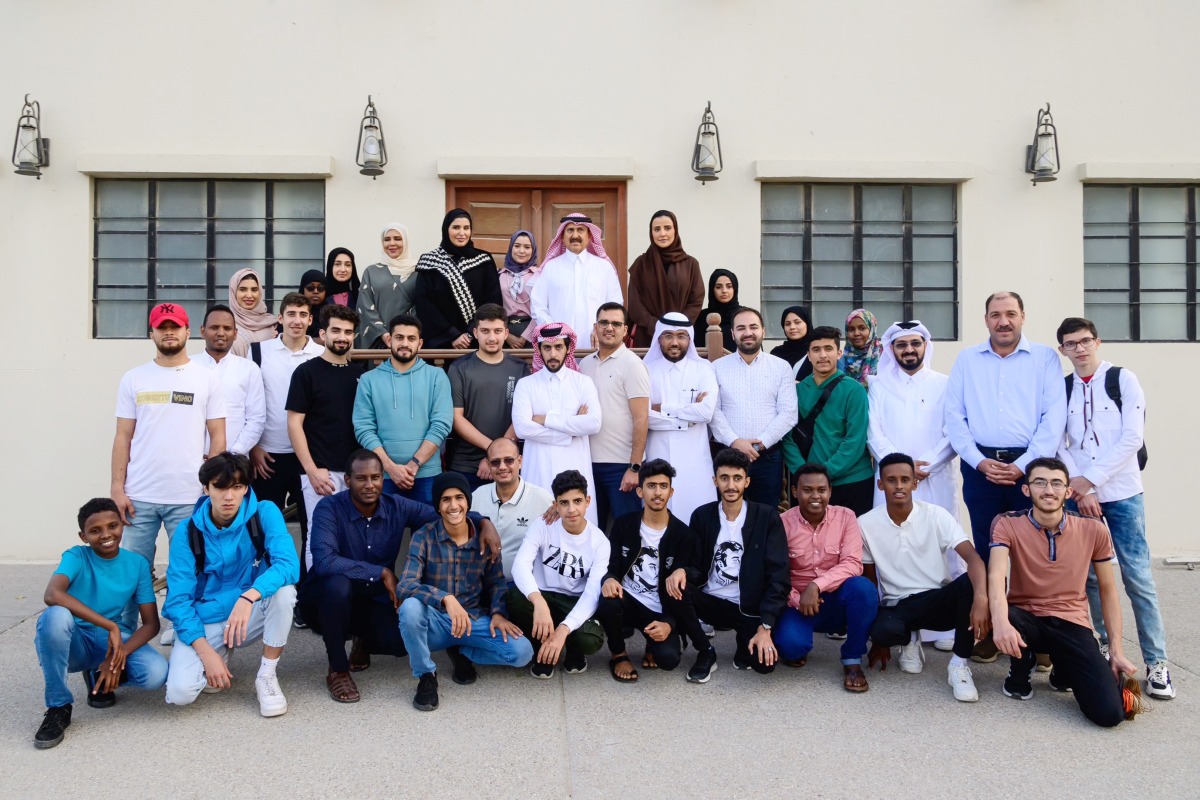In Qatar, a cutting-edge technological hub has been established that uses artificial intelligence (AI) to keep an eye on the crowd, predict crowd swells, and control stadium temperatures, reported Aljazeera.
At the Aspire Command and Control Center, more than 100 technicians will be on duty around-the-clock, closely monitoring images that flash across their displays via 200,000 integrated units from 22,000 security cameras dispersed throughout all eight World Cup stadiums.
The technical staff at the Qatar centre believe that data aggregation enables them to predict crowd trends.
They can anticipate a crowd rush because they are aware of the precise number of attendees anticipated based on ticket sales, arrival time, places of entry, or even the flow of individuals at any given moment.
“We have the crowd control team and security staff on the ground, and we have the law enforcement agencies and we are complementing their decision-making with data. So that’s very unique,” the centre’s chief technology officer Niyas Abdulrahiman told Al Jazeera.
The centre can apply a threshold and count the number of individuals in a space with the use of AI.
According to Aljazeera, the experts can identify bottlenecks, monitor the operation of the entry gates, and guarantee a smooth flow of people into and out of the stadium if there are more than 100 individuals in a single area.
With more than 1.2 million World Cup attendees anticipated, the crowds watching the World Cup 2022 matches will be displayed on hundreds of screens in the room in Doha, according to Aljazeera.
The Lusail Stadium, the 80,000 capacity arena which will play home to 10 games including the final, will have facial recognition technology allowing the crew to zoom in on fans.
Along with Qatari and FIFA representatives, experts in cybersecurity, counterterrorism, and transportation will be stationed at the centre.
Mission control will be able to monitor how each stadium is running before, during, and after the event thanks to security cameras on every corner. They are able to control the entrance gates from there, assure the water is running, and maintain air conditioning systems.
The “connected stadium” idea, according to the organisers, is the first of its kind to be deployed at a World Cup. By sharing information with security personnel, AI will allow technicians to foresee crowd increases and respond to overcrowding rapidly.
Instances like the chaos that occurred outside the Stade de France in Paris when police used tear gas and pepper spray on spectators trying to enter the Champions League final between Liverpool and Real Madrid are what this policy is meant to prevent.
More than 130 people lost their lives in a stampede in Indonesia last month as a result of police firing tear gas at fans streaming onto the field and people rushing into closed exits as they tried to leave the stadium.
The technologists, some of whom have worked behind the scenes at the 2006 Asian Games, told Aljazeera that this is the way sports will be broadcast in the future, as they have access to a lot more technology now to prevent such incidents.

















Leave a Reply